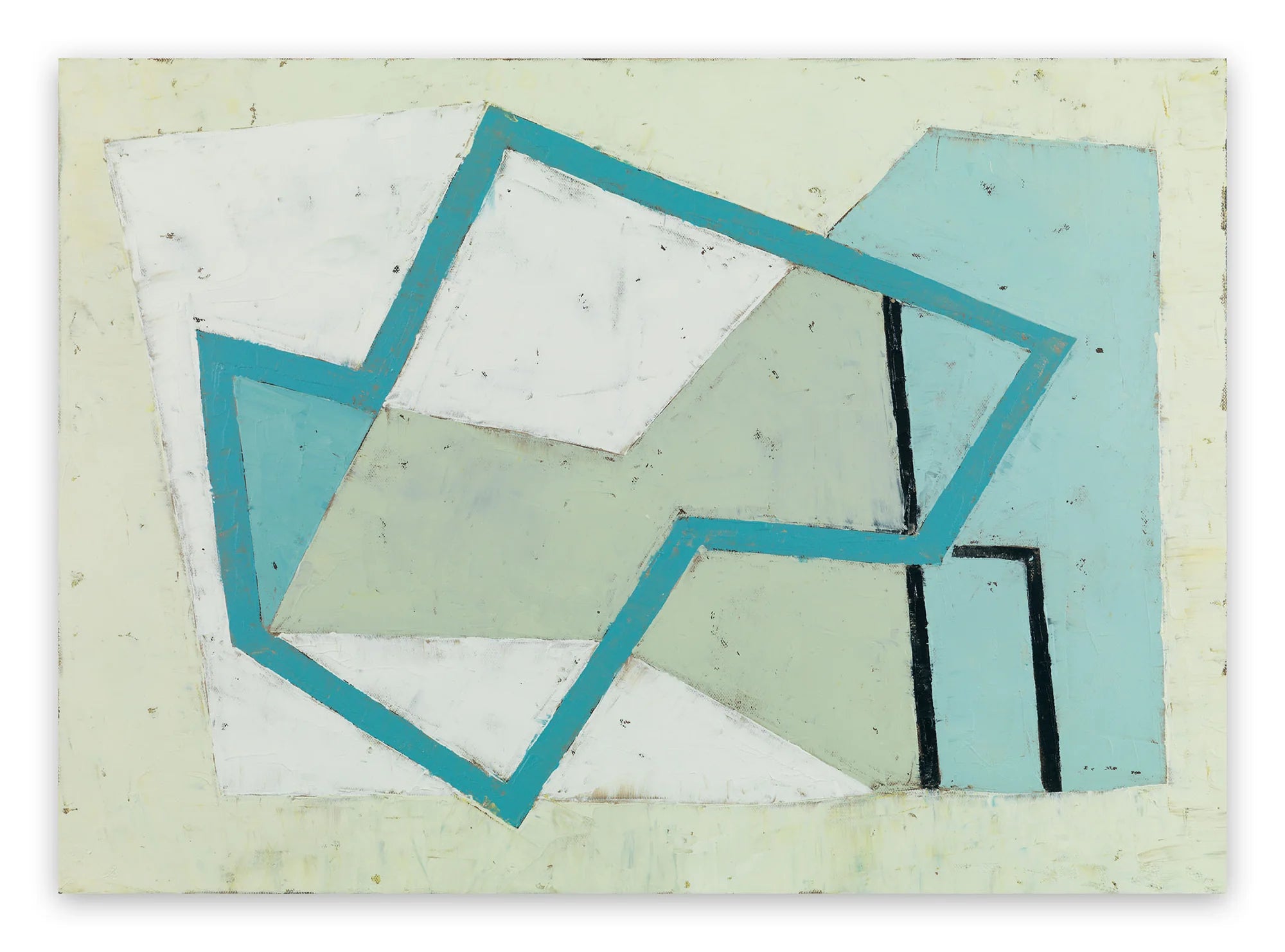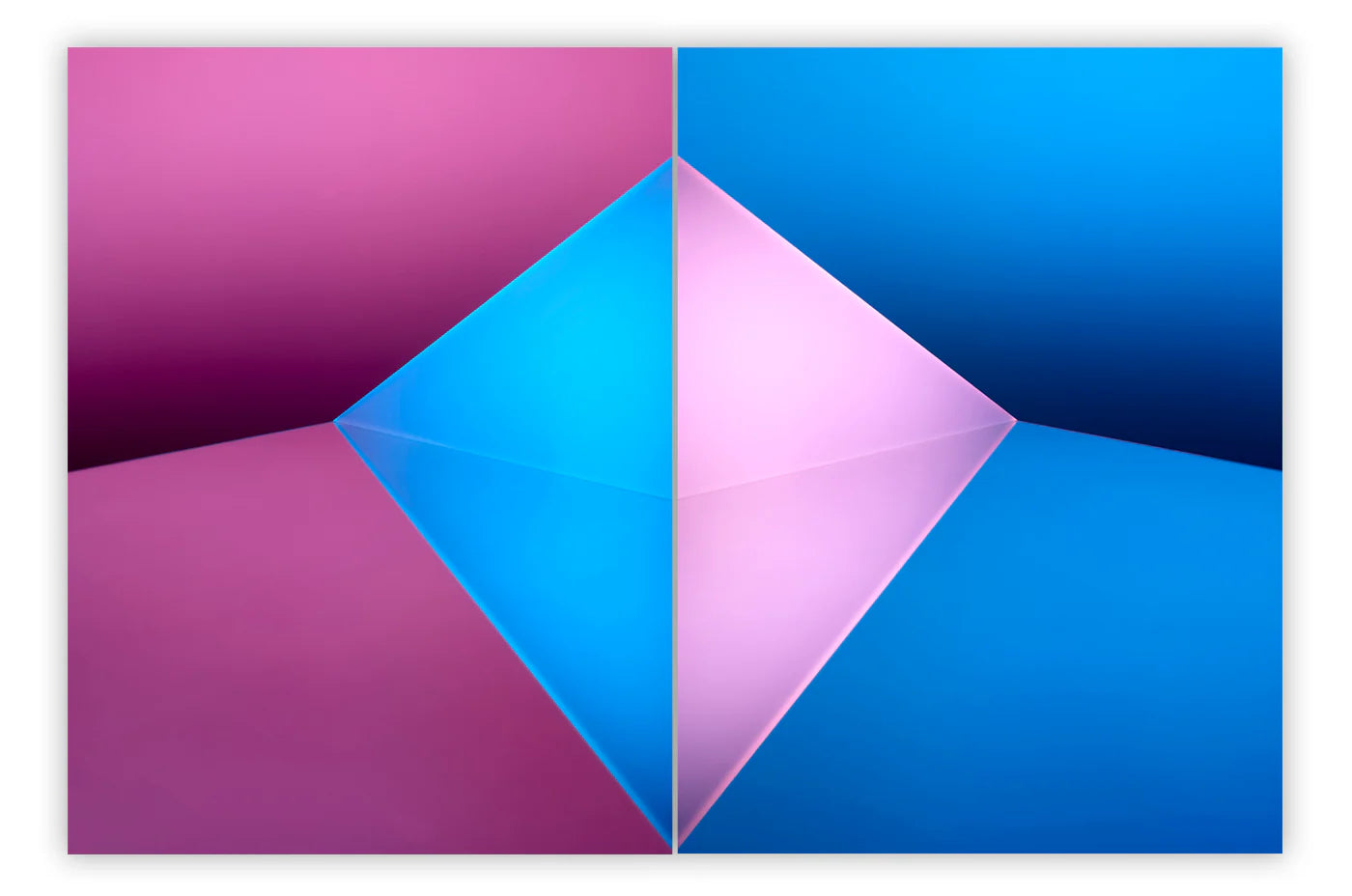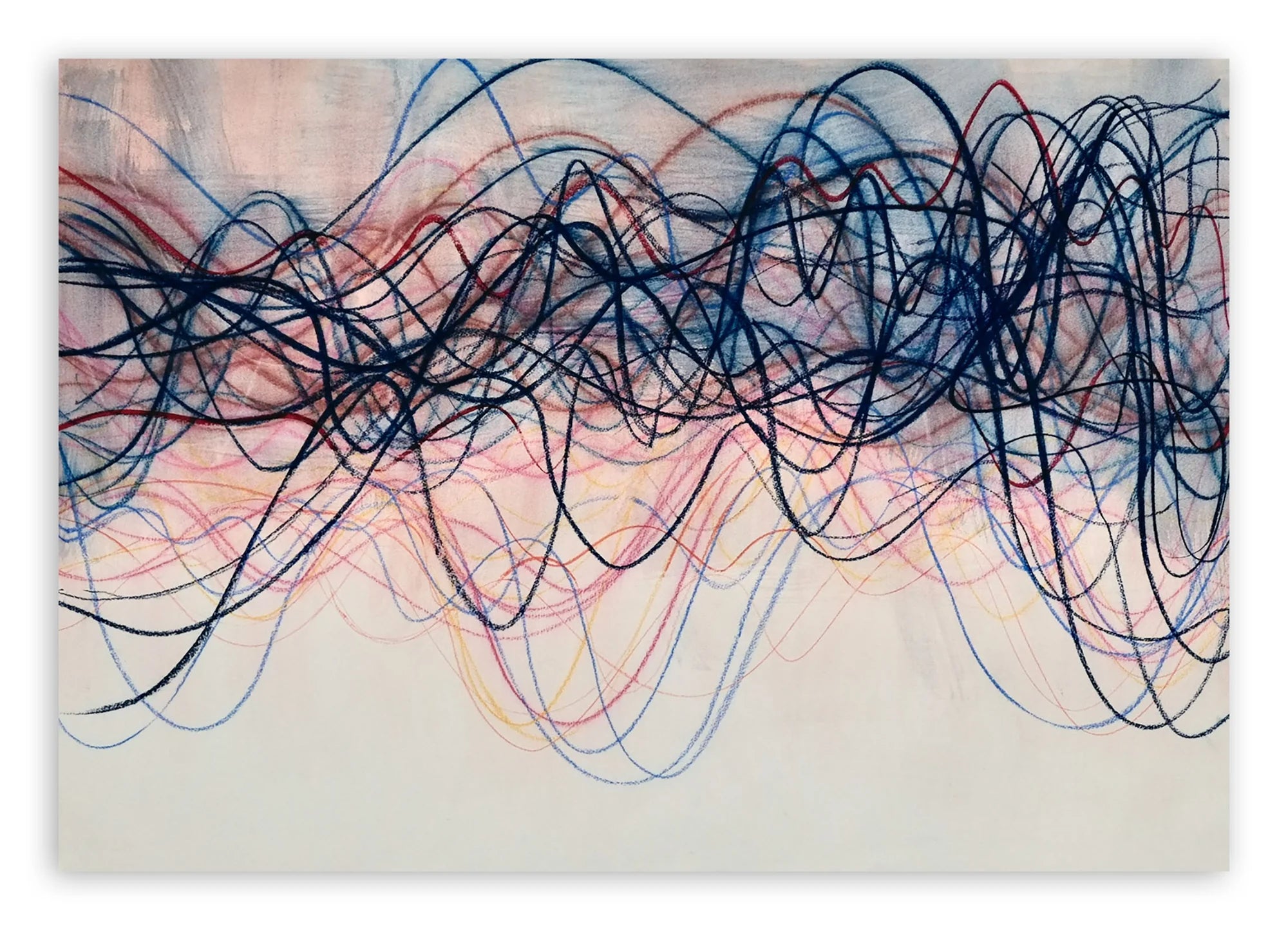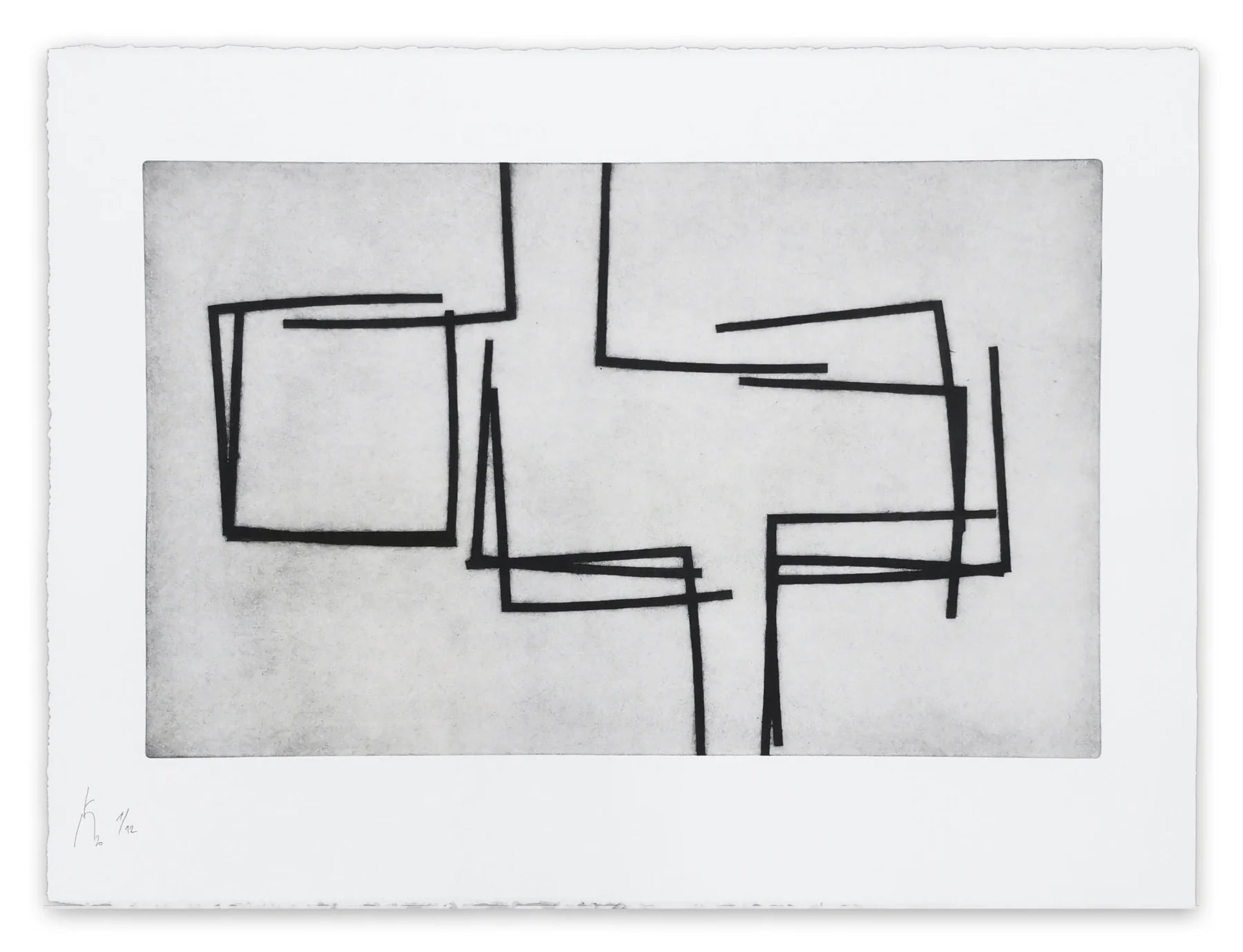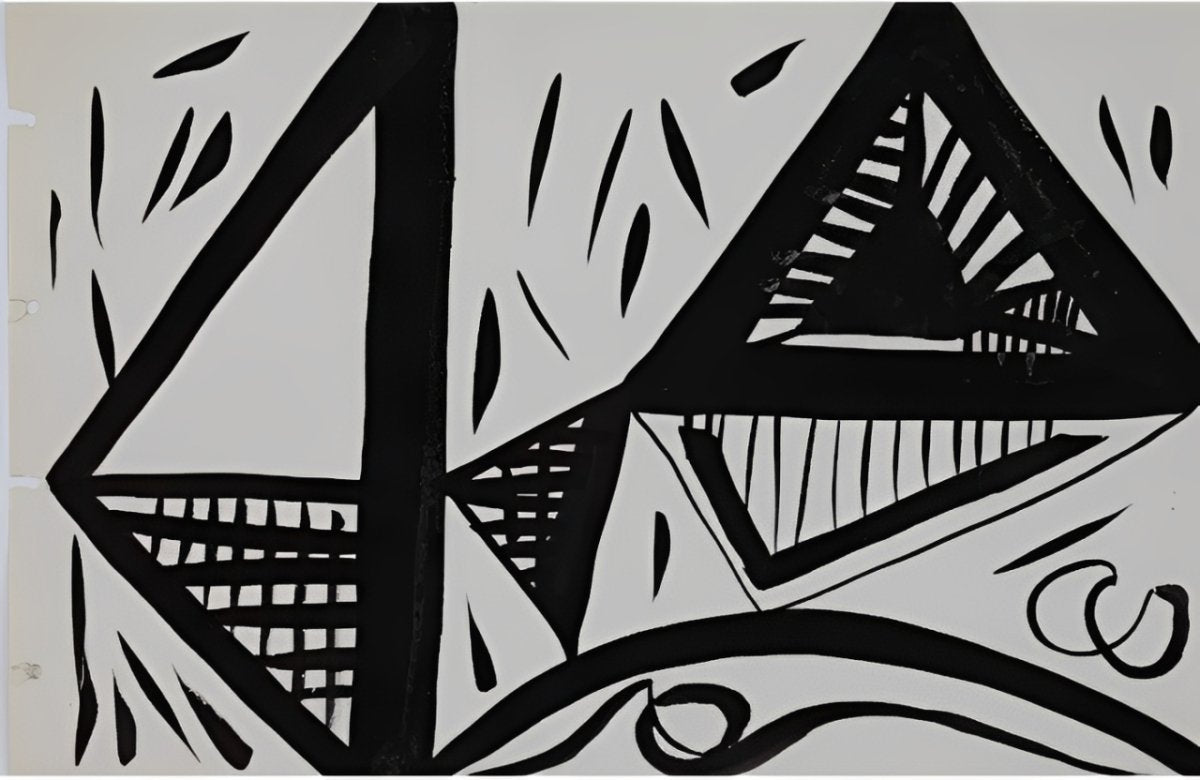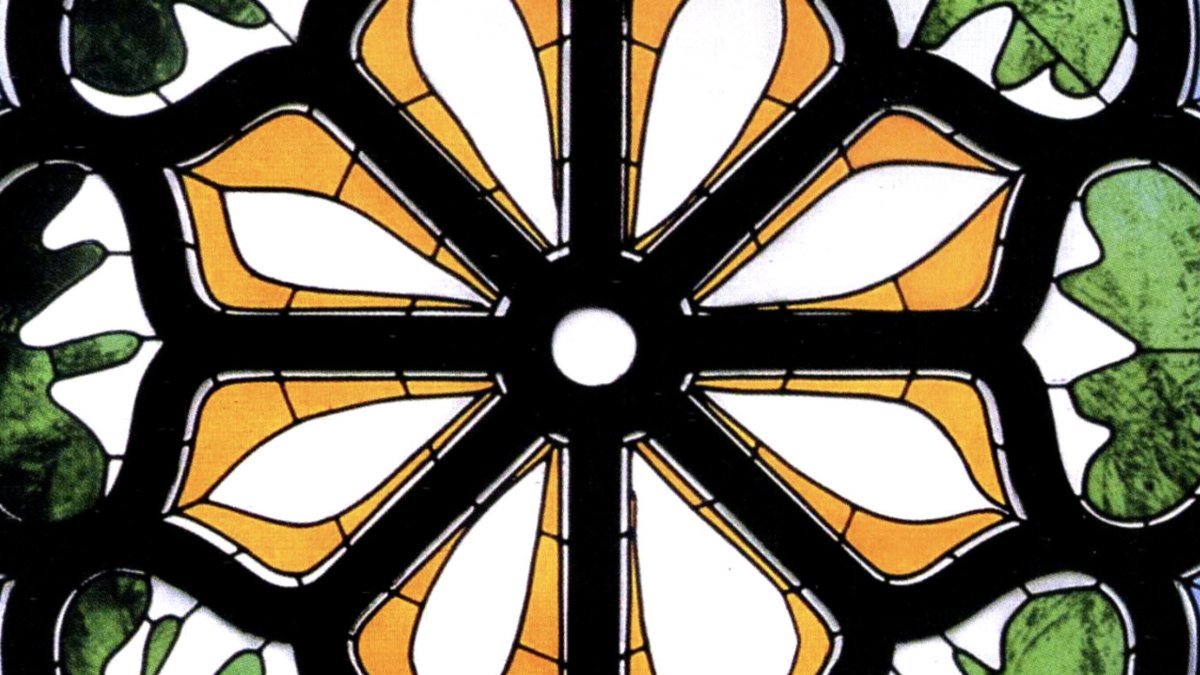
介於工業與工藝之間 - Patricia Urquiola
今年冬天,費城藝術博物館將首次舉辦設計師Patricia Urquiola的個展。這次展覽不僅讓觀眾有機會欣賞Urquiola因其獲獎作品而聞名的精選創作,還提供了一個機會來審視當代設計作為美術的現狀。許多人認為藝術與設計是分開的領域。他們認為設計是專注於形式與功能的人類活動領域。一件設計良好的物品(或建築,或系統)應該是不引人注目、吸引人且在特定方式上有用的。這些人認為藝術則有潛力超越凡俗。換句話說,設計關乎我們的物質存在;藝術關乎我們的形而上存在。但這種偏見經常受到挑戰。藝術家成功地辯稱他們創作的物品沒有更深的意義——它們只是無用的美學現象。另一些人則主張藝術實際上可以是實用的,作為正念的媒介、護身符、啟蒙的助力或變革(個人或社會)的觸發器。與此同時,設計師也成功地辯稱優秀的設計同樣可以超越凡俗,達成許多與藝術相同的理想。例如,一個完美設計的咖啡杯可以成為使用者與促進幸福心境之間的媒介,而一個設計不良的咖啡杯則可能毀掉原本愉快的早晨,並導致誰也無法預料的更多痛苦(個人或社會)。展覽Patricia Urquiola: Between Craft and Industry深思熟慮地參與了這場辯論。撇開誇張不談,考慮到當前地球的狀況,這展覽的時機再好不過了。
世界現在需要什麼
歌曲說世界現在需要「愛,甜蜜的愛」。但愛是困難的。不適、不平等、不安全和匱乏阻礙了愛。畢竟,當我們每天都在與生活的困難奮鬥時,怎麼可能有時間去培育愛呢?這是設計師面臨的最實際問題。愛與生活在我們心境平和時最為順利。無論設計師是在設計人們將生活、工作和互動的新建築,還是設計將在這些活動中執行關鍵功能的新物品,他們都掌握著我們心境的關鍵。他們決定圍繞我們的功能空間和物品是否有助於我們作為人的成功,或是妨礙它。他們選擇我們從環境中提取的材料來製造物品。他們選擇我們將看到的形態。他們選擇我們建成世界將採用的色彩方案。他們選擇將包圍我們的氛圍,這直接影響我們的心情。簡言之,設計師決定我們生活在一個喚起永續、平靜、開放與美麗的世界,還是一個關注廉價、無情效率與醜陋的世界。
 Patricia Urquiola - 「Serena」桌燈,由Flos S.p.A.,義大利布雷西亞製造。設計於2015年。鋁,聚碳酸酯。Flos USA
Patricia Urquiola - 「Serena」桌燈,由Flos S.p.A.,義大利布雷西亞製造。設計於2015年。鋁,聚碳酸酯。Flos USA
Patricia Urquiola之所以值得我們現在關注,是因為她做出了將自己定位為更有愛、更和平世界倡導者的選擇。她選擇可回收且常常是回收材料。這個選擇表明她相信無止境的資源開採不是人類的正確前進道路。她選擇生物形態的形式和形狀,與像Henry Moore、Barbara Hepworth和Jean Arp等藝術家所使用的抽象視覺語言相呼應。這個選擇喚起有機世界,並傳達建成環境作為自然環境一部分的願景。她設計的物品結合現代製造技術與傳統工匠的古老工藝來製造。這個選擇表明無論我們的技術潛力如何,人類表達都是優先考量。這些選擇不僅關乎形式與功能——它們關乎價值觀。它們擁抱一種設計態度,追求一個我們能感到舒適、安全與慷慨,從而更適合愛的世界。
誰需要設計
基於前段所有論點,我毫不懷疑Patricia Urquiola的作品值得在藝術博物館的環境中被考量。但我仍想對Urquiola提出一點挑戰,那就是她認為誰需要接觸她的願景。誰需要舒適、安全、開放、公平、慷慨與愛充斥他們日常生活的每一面向?我會說是每個人。但Patricia Urquiola設計的椅子價格從約285歐元起跳,高達6000歐元以上。她的Fjord扶手椅,收藏於MoMA永久收藏中,零售價超過2600歐元。
 Patricia Urquiola - Fjord扶手椅與腳凳,2002年,鋼、聚氨酯泡棉與氈,40 3/16 x 37 3/8 x 31 1/2英吋(102 x 95 x 80公分),MOMA收藏,© 2017 Patricia Urquiola
Patricia Urquiola - Fjord扶手椅與腳凳,2002年,鋼、聚氨酯泡棉與氈,40 3/16 x 37 3/8 x 31 1/2英吋(102 x 95 x 80公分),MOMA收藏,© 2017 Patricia Urquiola
除了產品設計外,Urquiola還為多家豪華酒店和企業空間設計室內裝潢。這些設計美麗、激勵人心,甚至具有藝術性。從抽象意義上說,它們鼓勵平靜並促進愛。但從經濟意義上說,像她的產品一樣,這些設計並非人人可及。同樣,費城藝術博物館的成人門票價格為18美元。該市的最低工資工人時薪為7.25美元。博物館為參加食品券計劃的當地居民提供兩美元的入場費。但對於無法負擔食物的人來說,即使這也太貴了。博物館每月還有大約半打「隨意付費」的時段。但對於經濟拮据的人來說,安排這樣的參觀很困難。當然,Patricia Urquiola或費城藝術博物館並不負責社會平等化。我的觀點只是,設計像藝術一樣,可以讓世界變得更美好,正如Urquiola所展示的。但像藝術一樣,只有當其利益對全人類開放時,它們才對人類有價值。下次當你舒適地坐在一張美麗、永續的設計師椅子上,思考生命的奧秘時,不妨想想這點。Patricia Urquiola: Between Craft and Industry展覽自2017年11月19日至2018年3月4日。
封面圖片:西班牙巴塞隆納文華東方酒店照片。由Patricia Urquiola設計,設計於2010年
所有圖片僅供說明用途
作者 Phillip Barcio
